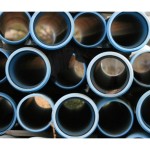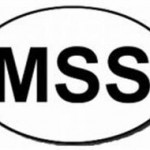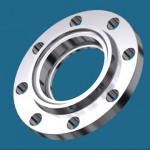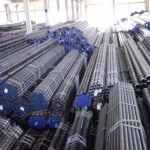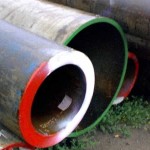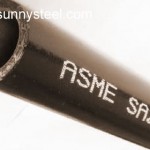Test Pressures for ASME Flanges
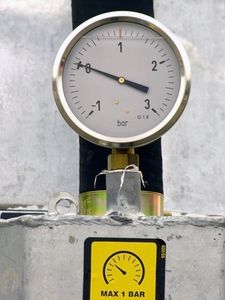
The American Society of Mechanical Engineers or ASME created the Boiler and Pressure Vessel Code or BPVC. This code defines how pressure vessels and components like flanges are designed and pressure tested. ASME pressure tests for flanges only measure internal pressure, not external loads.
ASME Pressure Testing Methods
Pressure tests include hydrostatic pressure tests, pneumatic tests and vacuum tests. BPVC Section V Article 10 defines the test pressures for ASME flanges. They are based on the maximum allowable operating pressure as determined by the design, operating temperatures and operating pressures.
Test Pressure Determination
ASME flanges need to be pressure tested to 150 percent of the temperature-corrected design pressure. Hydrostatic tests must be performed at between 1.1 and 1.4 times the maximum allowable operating pressure.
Leak Testing
ASME requires high-pressure pipes and flanges to be tested for leaks to at least 125 percent of their maximum operating pressure. ASME B31.3 section 345.4.2 states that the pressure used when testing flanges does not have to exceed the yield stress at test temperature.

